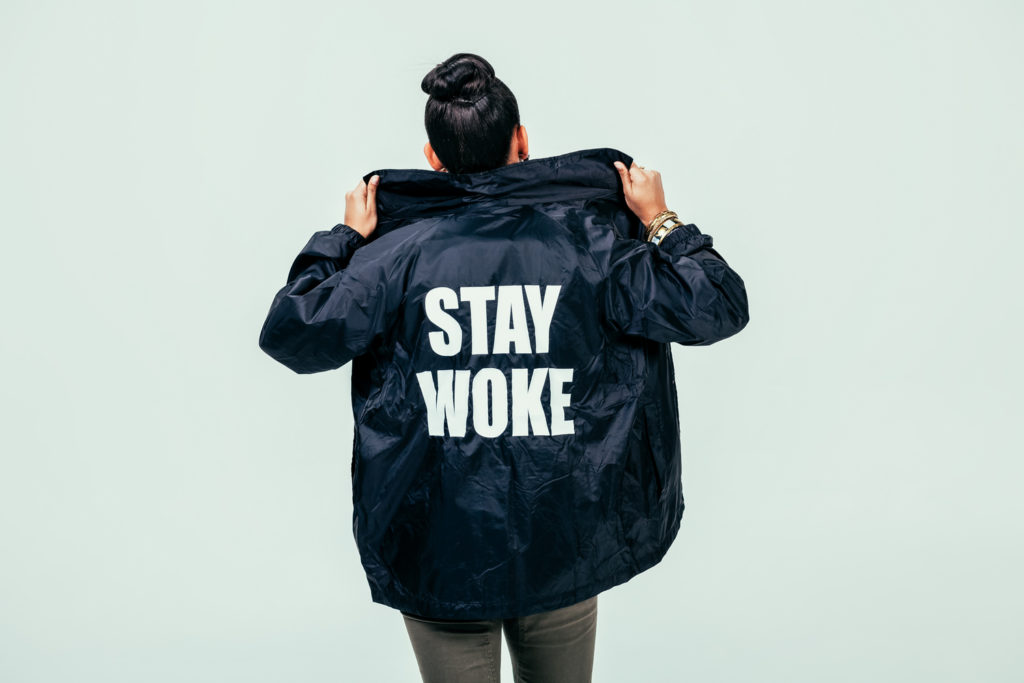Every now and then, an author emerges as one of the voices of a generation. It’s my personal opinion that Ta-Nehisi Coates is one of our voices. As a national correspondent for the Atlantic, Coates regularly probes issues regarding cultural, social, and political issues.
In his book, “Between the World and Me,” Coates elaborates on all three issues as the relate to the Black American male existence in an open letter to his teenage son. When I first learned that the book was a letter to Coates’ son, I thought that the ‘World’ referred to both the literal world in which Coates lives and his son.
I felt that Coates was sharing his take of the world with his ‘world.’ Reading BTWAM in this way made the content that much more powerful. Although there are other more thorough pieces on BTWAM elsewhere on the net (here, here, or here), I thought I’d share my reactions to 3 key themes Coates employs throughout the book: the body, the dream, and the whites.
The Body
And you know now, if you did not before, that the police departments of your country have been endowed with the authority to destroy your body. It does not matter if the destruction is the result of an unfortunate overreaction. It does not matter if it originates in a misunderstanding. It does not matter if the destruction springs from a foolish policy. Sell cigarettes without the proper authority and your body can be destroyed. Resent the people trying to entrap your body and it can be destroyed. Turn into a dark stairwell and your body can be destroyed. The destroyers will rarely be held accountable. Mostly they will receive pensions. And destruction is merely the superlative form of a dominion whose prerogatives include friskings, detainings, beatings, and humiliations. All of this is common to black people. And all of this is old for black people. No one is held responsible. (9)
Coates consistently refers to the body throughout BTWAM to emphasize to his son that his body is both the most important thing for him to protect and the most threatening thing to the majority of American society. Although Coates does not adopt religious beliefs, he still considers the body a sacred temple.
He educates his son on the toxic relationship between America and the bodies of black and brown peoples throughout history. Coates reasonably blames the centuries of abuse on black bodies for the hyper-aggression among males in neighborhoods like his own Baltimore, and recounts the recent public demonstrations of disregard for black male bodies (see Trayvon, Eric, Mike, and countless others). I think his take on the body is important to impart to all men, but especially black men, because it implies the power inherent to being able to control one’s own body. I’ve noticed the power in this ideology in how my sister and brother-in-law are raising my nephews. They have instilled in them at a very young age that they must be able to control their bodies at all times.
The Dream
Very few Americans will directly proclaim that they are in favor of black people being left to the streets. But a very large number of Americans will do all they can to preserve the Dream. No one directly proclaimed that schools were designed to sanctify failure and destruction. But a great number of educators spoke of ‘personal responsibility’ in a country authored and sustained by a criminal responsibility. The point of this language of ‘intention’ and ‘personal responsibility’ is broad exoneration. Mistakes were made. Bodies were broken. People were enslaved. We meant well. We tried our best. “Good intention” is a hall pass through history, a sleeping pill that ensures the Dream. (33)
Here, and throughout the book, the Dream refers to an idyllic suburban life in America free from oppression, poverty, unmet desires, or people who suffer from any of those ailments. Coates’ juxtaposition of the Dream and the sleeping pill of “good intention” offers a fresh take on what it means to “stay woke” I love that Coates makes it plain to his son that, although most Americans may not explicitly wish harm on his body, they are sleepily complicit in its demise in their own attempt to preserve their Dream. This nugget illuminates the levels of onslaught on Black American men’s bodies. The history of war on the black body has created an inertia against black men that is guided by a select few and protected by a slumbering mass.
I love that Coates makes it plain to his son that, although most Americans may not explicitly wish harm on his body, they are sleepily complicit in its demise in their own attempt to preserve their Dream. This nugget illuminates the levels of onslaught on Black American men’s bodies. The history of war on the black body has created an inertia against black men that is guided by a select few and protected by a slumbering mass.
The Whites
I could not retreat, as did so many, into church and its mysteries. My parents rejected all dogmas. We spurned the holidays marketed by the people who wanted to be white. We would not stand for their anthems. (28)
I never wanted you to be twice as good as them, so much as I have always wanted you to attack every day of your brief bright life in struggle. The people who must believe they are white can never be your measuring stick. (107)
The Dreamers will have to learn to struggle themselves, to understand that the field for their Dream, the stage where they have painted themselves white, is the deathbed of us all. The Dream is the same habit that endangers the planet, the same habit that sees our bodies stowed away in prisons and ghettos. (151)
Race is man-made. Whiteness is the socially-constructed pinnacle of race. Some people say that whiteness is on the decline, but I think that only applies to the complexion associated with today’s idea of whiteness. The mentality that comes with positive distinction from others will likely stick around for generations.
That’s the whiteness that I read about in Coates’ BTWAM. Every time he mentions whiteness, he states that people either believe, want, or have painted themselves white. I think this hearkens to the notion of whiteness as a mentality, not a skin color. It just so happens that today’s whiteness coincides with a lighter skin tone.
